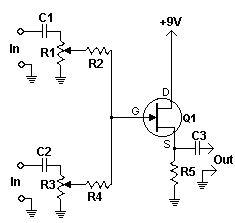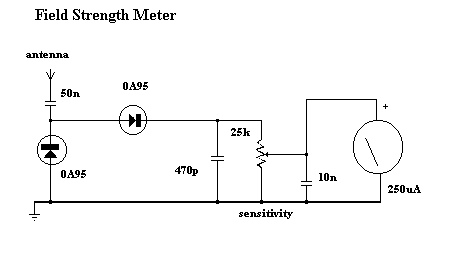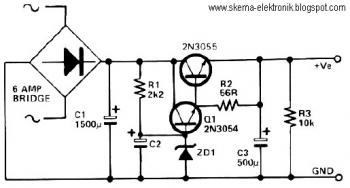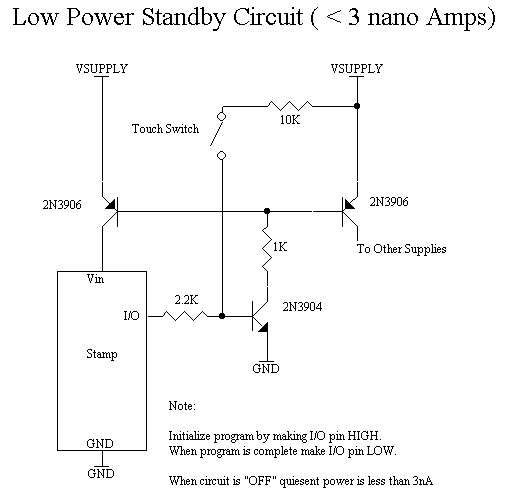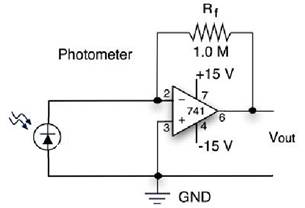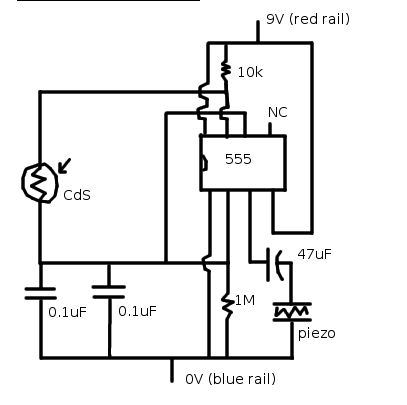
Theremin Schematics
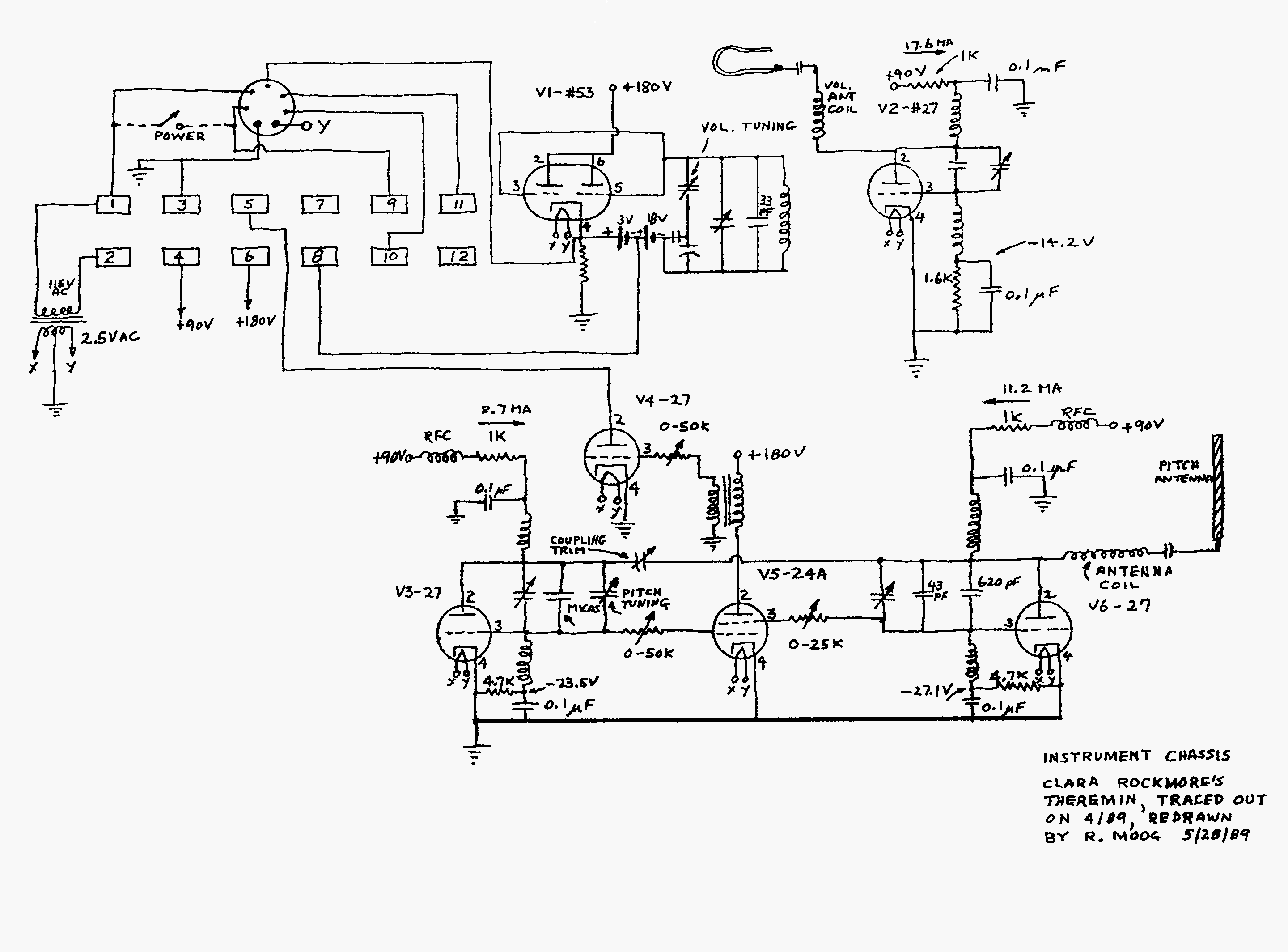
A mute switch for the Etherwave that adds a "mute status" light, which also functions as a power-on indicator. The schematic is provided. It is recommended to explore the additional resources available on Art's website.
The mute switch circuit for the Etherwave is designed to enhance user experience by incorporating a visual indication of the mute status and power state. The circuit typically includes a toggle switch that allows the user to mute or unmute the output signal. When the switch is in the mute position, the circuit activates an LED indicator, which illuminates to signify that the audio output is silenced. This LED also serves as a power-on indicator, providing a dual function that keeps the user informed about the operational status of the device.
The schematic may include a resistor in series with the LED to limit the current and prevent damage to the LED. A suitable value for this resistor can be calculated based on the forward voltage of the LED and the supply voltage of the circuit. The mute switch itself may be a single-pole double-throw (SPDT) switch, allowing for easy toggling between mute and unmute states.
In addition, the circuit could be designed to integrate seamlessly with the existing Etherwave circuitry, ensuring that the mute functionality does not interfere with the overall performance of the device. Proper layout considerations should be taken into account to minimize noise and ensure reliable operation.
Overall, this mute switch circuit not only enhances the functionality of the Etherwave but also contributes to a more user-friendly interface by providing clear visual feedback on the device's status.A mute-switch for the Etherwave that adds a "mute status" light which doubles as a power-on light. Here`s the schematic. Don`t forget to browse the rest of Art`s great site! 🔗 External reference
The mute switch circuit for the Etherwave is designed to enhance user experience by incorporating a visual indication of the mute status and power state. The circuit typically includes a toggle switch that allows the user to mute or unmute the output signal. When the switch is in the mute position, the circuit activates an LED indicator, which illuminates to signify that the audio output is silenced. This LED also serves as a power-on indicator, providing a dual function that keeps the user informed about the operational status of the device.
The schematic may include a resistor in series with the LED to limit the current and prevent damage to the LED. A suitable value for this resistor can be calculated based on the forward voltage of the LED and the supply voltage of the circuit. The mute switch itself may be a single-pole double-throw (SPDT) switch, allowing for easy toggling between mute and unmute states.
In addition, the circuit could be designed to integrate seamlessly with the existing Etherwave circuitry, ensuring that the mute functionality does not interfere with the overall performance of the device. Proper layout considerations should be taken into account to minimize noise and ensure reliable operation.
Overall, this mute switch circuit not only enhances the functionality of the Etherwave but also contributes to a more user-friendly interface by providing clear visual feedback on the device's status.A mute-switch for the Etherwave that adds a "mute status" light which doubles as a power-on light. Here`s the schematic. Don`t forget to browse the rest of Art`s great site! 🔗 External reference
Warning: include(partials/cookie-banner.php): Failed to open stream: Permission denied in /var/www/html/nextgr/view-circuit.php on line 713
Warning: include(): Failed opening 'partials/cookie-banner.php' for inclusion (include_path='.:/usr/share/php') in /var/www/html/nextgr/view-circuit.php on line 713
